The Law on Credit Institutions 2017 has amended and supplemented regulations to limit the ownership of major shareholders at many credit institutions, and to limit the abuse of the positions of managers, executives, and major shareholders in receiving credit from credit institutions.
Specify cases where managers and executives of credit institutions are not allowed to hold concurrent positions at other credit institutions and enterprises; stipulate cases where they are identified as related persons.
In addition, the State Bank has issued relevant circulars, especially Circular 22/2019/TT-NHNN, which specifically regulates the maximum limit on purchasing and holding shares of commercial banks to contribute to limiting cross-ownership among credit institutions and perfecting the legal framework for credit granting activities...
In particular, the Law on Credit Institutions was passed by the National Assembly on January 18, 2024, which adjusts the reduction of the ownership ratio of shareholders, shareholders and related persons of shareholders, specifically:
Reduce the maximum shareholding ratio of an institutional shareholder from 15% to 10%; Reduce the maximum shareholding ratio of a shareholder and related persons of that shareholder from 20% to 15%; Add regulations on shareholders owning 1% or more of charter capital must disclose information; Add a number of groups of people related to credit institutions to ensure clarity in identifying related persons... to contribute to limiting and preventing cross-ownership and ownership that controls the operations of credit institutions.
Accordingly, ownership of shares exceeding the prescribed limit and cross-ownership in the credit institution system have been gradually handled, and the situation of large shareholders/groups of shareholders manipulating and dominating banks has been limited.
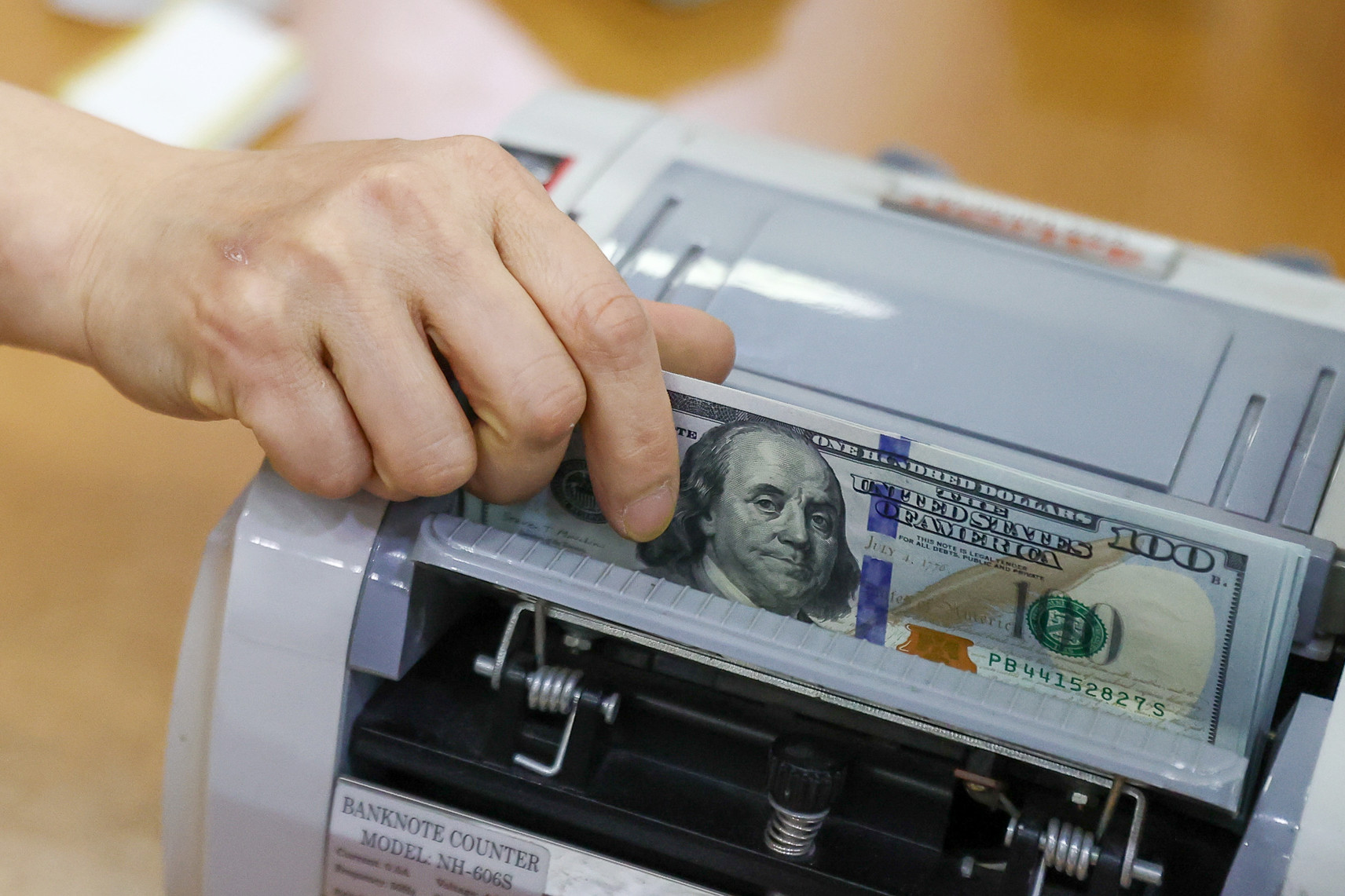
According to the report of the State Bank sent to the National Assembly at the 7th Session of the 15th National Assembly, the share ownership exceeding the limit, cross-ownership between credit institutions, credit institutions and enterprises according to the reports of credit institutions after processing has decreased significantly compared to previous periods.
However, handling the issue of ownership exceeding the prescribed limit and cross-ownership is still difficult in cases where major shareholders and related persons of major shareholders intentionally conceal or ask other individuals/organizations to register their shares in order to circumvent legal regulations, leading to the credit institution being controlled by these shareholders, potentially leading to the risk of operating without transparency and publicity.
In the work of detecting, preventing and handling cross-ownership and ownership of manipulative and dominant nature in credit institutions, the State Bank encountered a number of difficulties and obstacles.
Cross-ownership involves many entities under the management of ministries/sectors. However, the State Bank's management entities are only credit institutions, so the State Bank does not have information or tools to control ownership between companies in other sectors.
At the same time, controlling cross-ownership between non-industry companies and the Bank is very difficult in cases where major shareholders and related persons of major shareholders intentionally conceal or ask other individuals/organizations to stand in their names to register the number of shares owned to circumvent legal regulations on cross-ownership/ownership exceeding the prescribed level or circumvent regulations on credit limits for related customer groups and share ownership ratios of shareholders and related persons.
This leads to the potential risk of the credit institution's operations lacking transparency and openness. At the same time, this can only be detected and identified through investigation and verification by the investigative agency according to the provisions of law.
The detection of relationships between enterprises is still limited because information to determine the ownership relationship of enterprises, especially enterprises that are not public companies, is very difficult. The State Bank cannot be proactive in looking up information as well as determining the accuracy and reliability of information sources; especially in the context of the current rapidly developing stock market and technology.
In the coming time, the State Bank will continue to monitor the safety of credit institutions' operations and through inspections of capital, share ownership of credit institutions, lending, investment, capital contribution activities... in case of detecting risks or violations, the State Bank will direct credit institutions to handle existing problems to prevent risks.
In cases where signs of crime are detected, the State Bank will consider transferring the case to the police for investigation and clarification of violations of the law (if any) for handling in order to prevent risks.
At the same time, ministries, departments, and business management units need to pay attention to directing businesses to invest and contribute capital to buy shares at credit institutions in compliance with regulations, use borrowed capital, especially loans from credit institutions for the right purposes, effectively, ensure safety, and repay debts on time to credit institutions.
In addition, implementing the 2023 Inspection Plan of the State Bank, inspection teams of the Banking Inspection and Supervision Agency focus on inspecting the contents of share ownership ratio; purchase and transfer of bank shares; credit granting to large customers/customer groups (loans, guarantees, L/Cs, corporate bond investments).
The State Bank of Vietnam said it will continue to include the inspection of transfer and ownership activities of shares and stocks that may lead to the acquisition and control of credit institutions in the 2024 inspection plan.
Nguyen Ngoc Tuan
Source: https://vietnamnet.vn/ngan-ngua-so-huu-cheo-va-thao-tung-chi-phoi-trong-cac-tctd-2287005.html


![[Photo] Dong Ho Paintings - Old Styles Tell Modern Stories](https://vstatic.vietnam.vn/vietnam/resource/IMAGE/2025/3/29/317613ad8519462488572377727dda93)




![[Photo] Prime Minister Pham Minh Chinh and Brazilian President Luiz Inácio Lula da Silva attend the Vietnam-Brazil Economic Forum](https://vstatic.vietnam.vn/vietnam/resource/IMAGE/2025/3/29/f3fd11b0421949878011a8f5da318635)
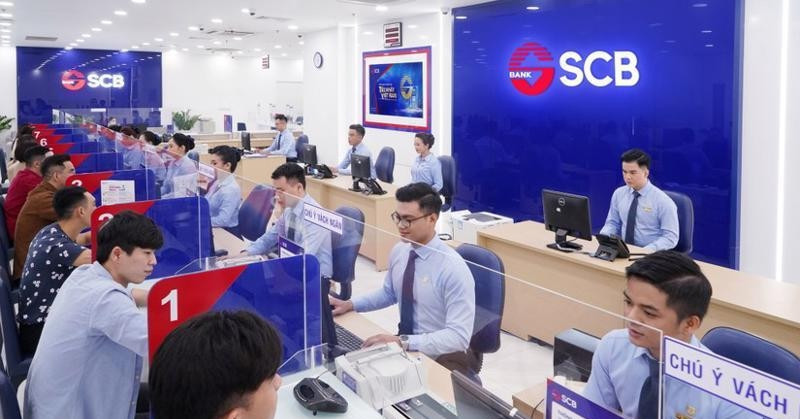
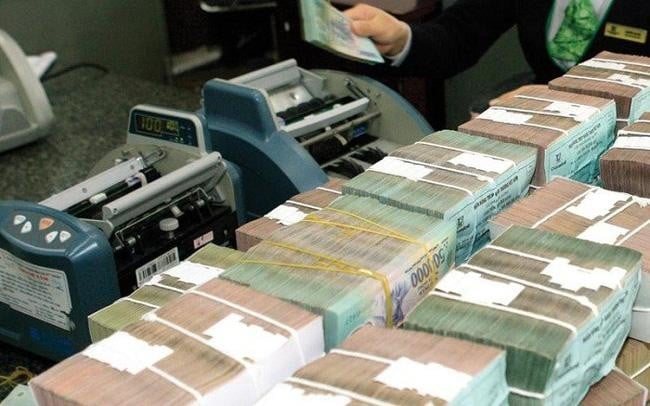




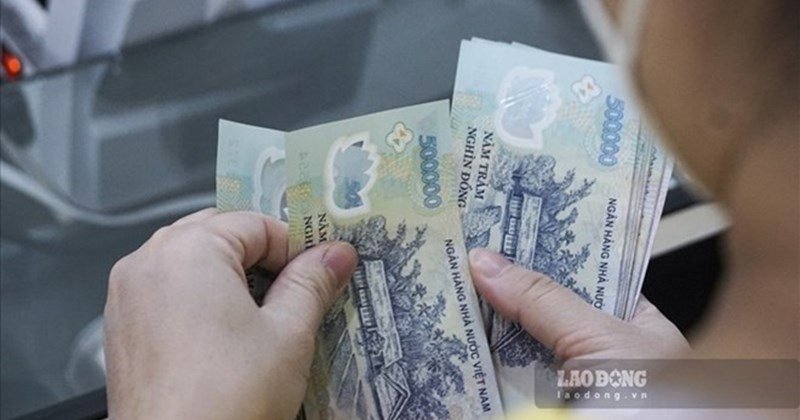


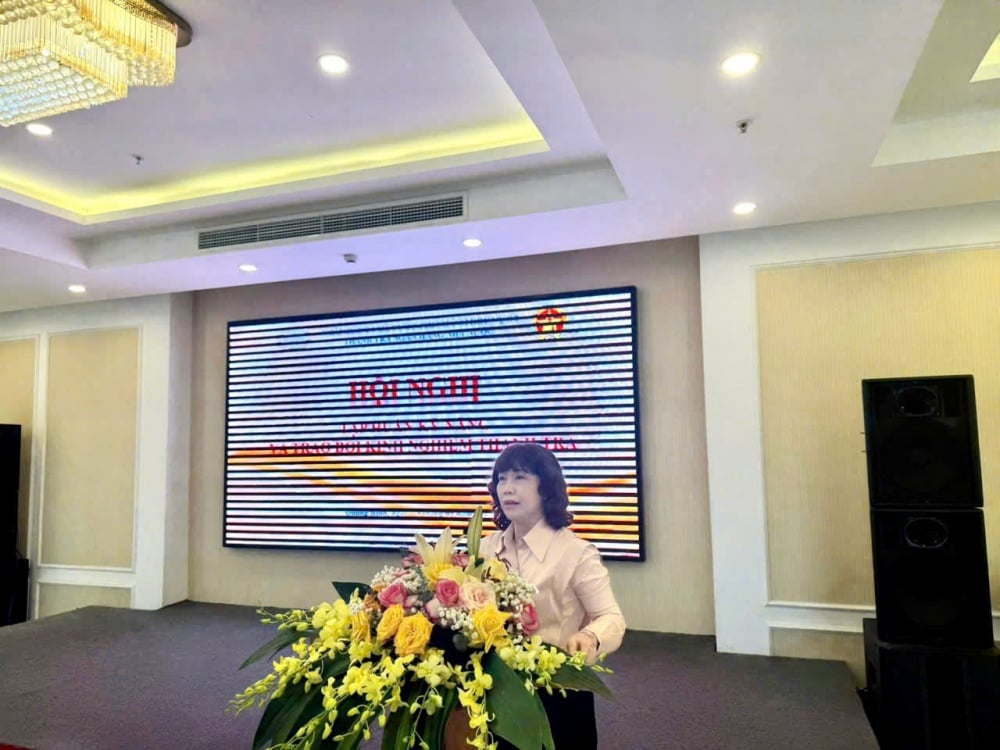








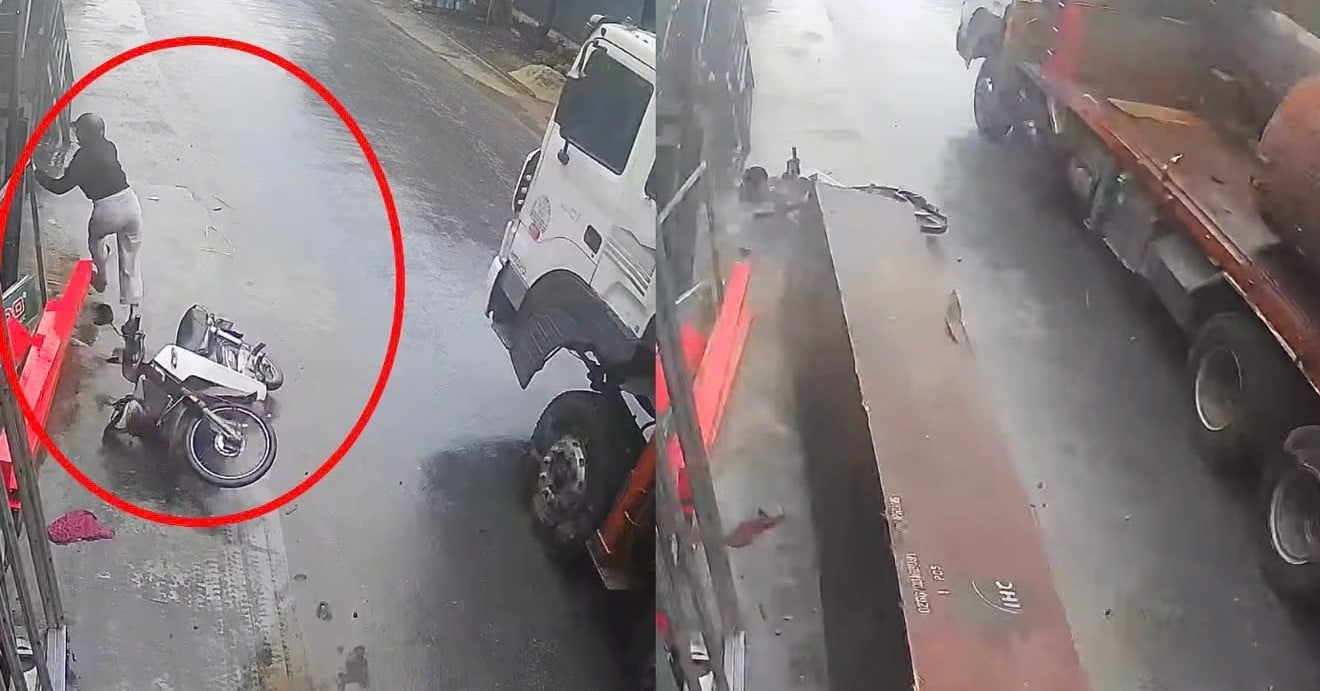











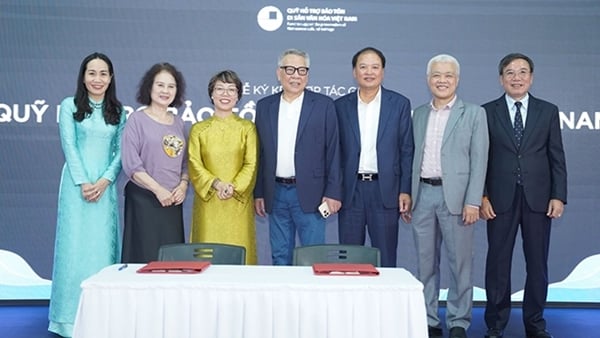
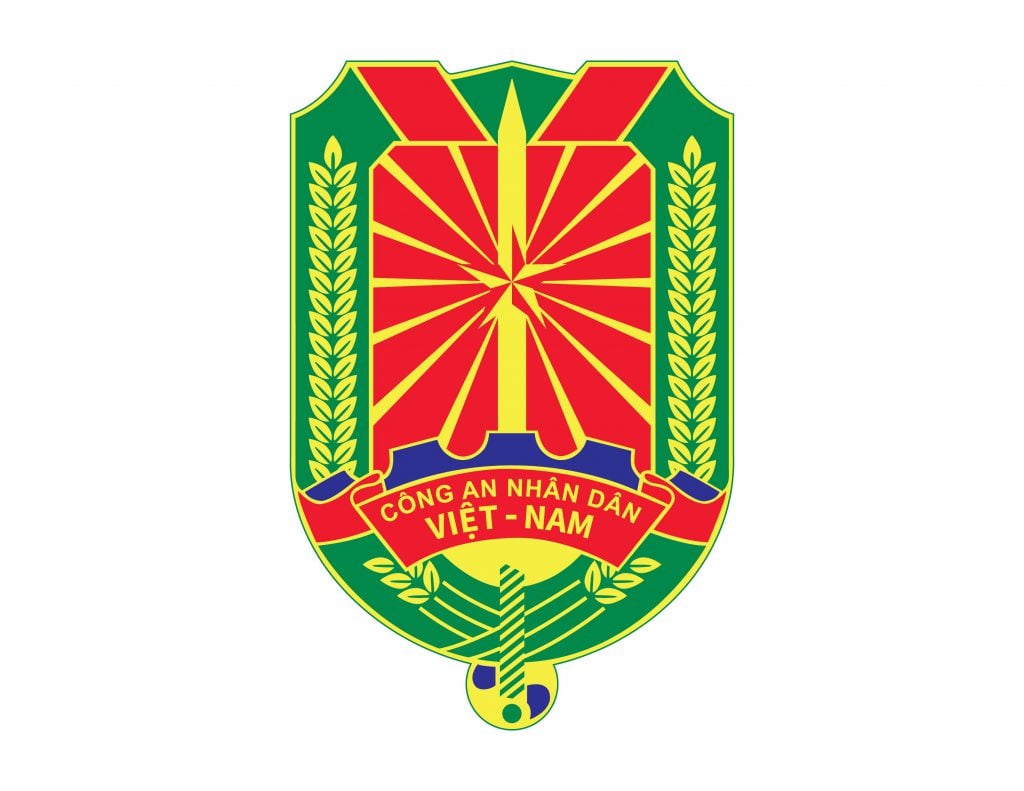









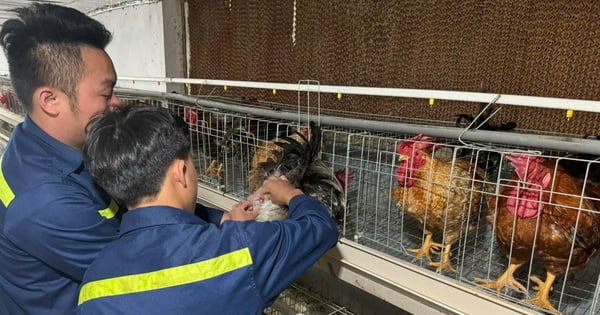
















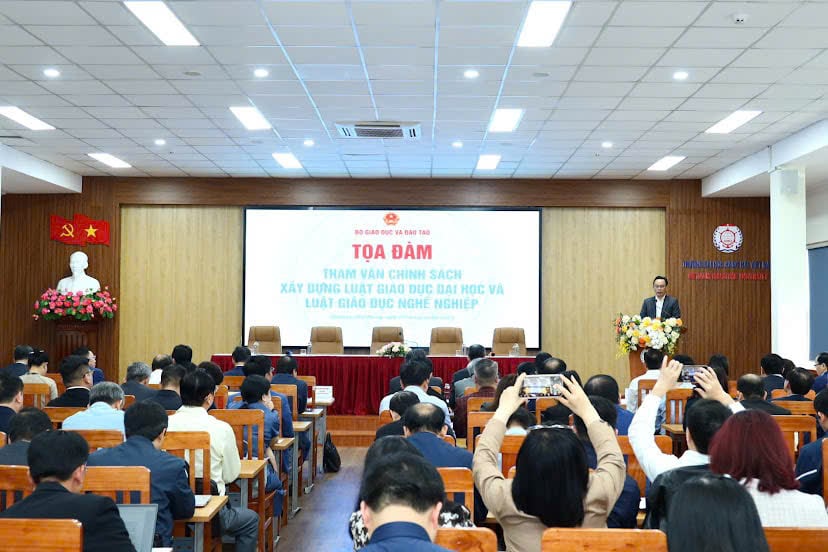

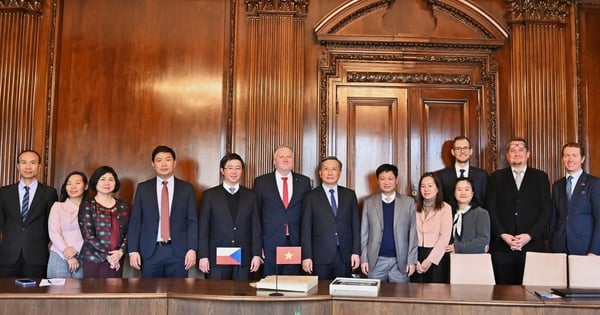

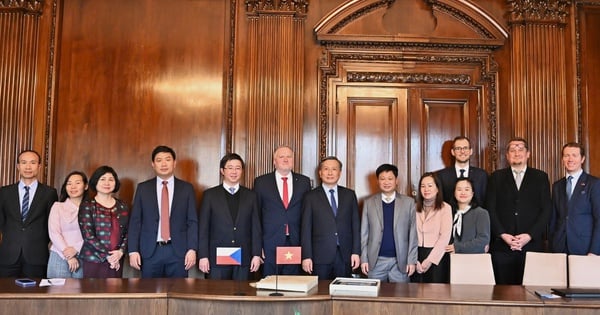








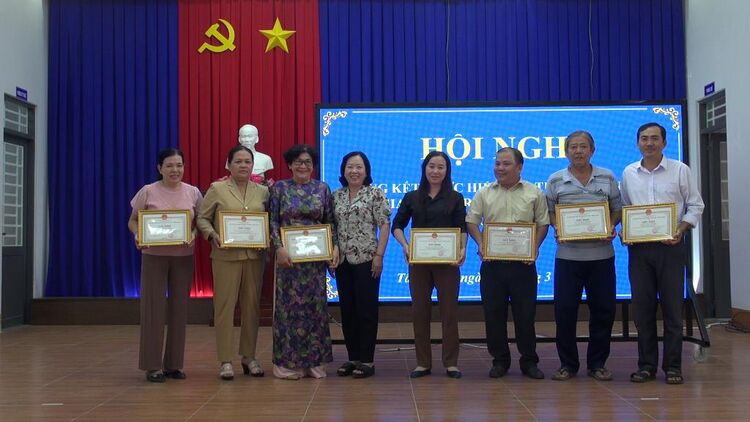









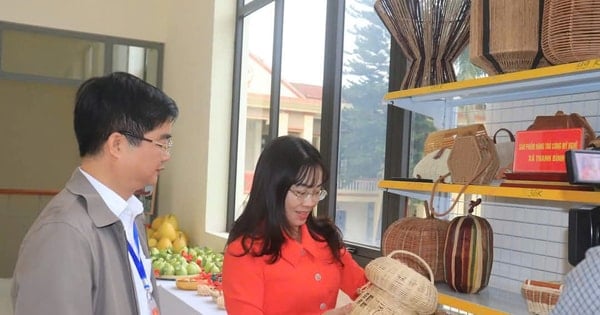





Comment (0)